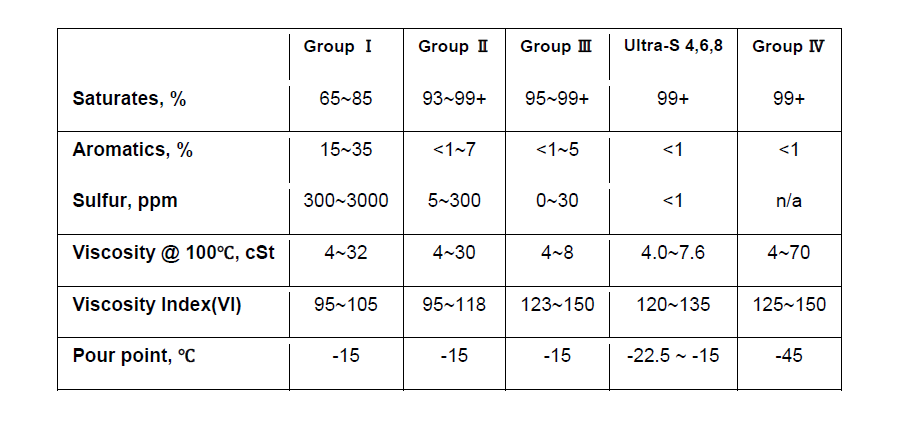- Home
- About Us
- Products
- Products
- Fertilizers
- Petrochemical & Waterproofing
- Petrochemical & Waterproofing
- Urea 46% industrial grade
- Sulphur (granular)
- Sulphur (Lump)
- Soda ash dense
- Soda ash light
- Caustic soda
- Base Oil SN70
- Base Oil SN150
- Base Oil SN500
- HDPE
- LDPE
- Polypropylene
- PET
- PVC
- APP Waterproofing Membrane
- SBS waterProofing Membrane
- Rubberized Bitumen Emulsion
- D41 Primer
- Fibrated Bitumen Emulsion
- Water Based Primer
- Solvent Based Bitumen Primer
- White Spirit
- Raw Materials
- Food Items
- Food Items
- Wheat
- Wheat Flour
- Dry Milk Powder
- General Supplies
- Services
- Services
- Leasing
- Leasing
- Specialized Vehicles
- Machinery
- Vehicles
- Housing
- Life Support and Technical Services
- Life Support and Technical Services
- Logistics
- Sponsorships
- Technical Services
- Maintenance
- HR and Consultancy
- HR and Consultancy
- Recruitment and Deployment
- Training and Development
- Consulting Services
- Construction and Contracting
- Construction and Contracting
- Prefabricated Buildings
- Construction
- Contact Us
- My Profile
- My Profile
- Login





